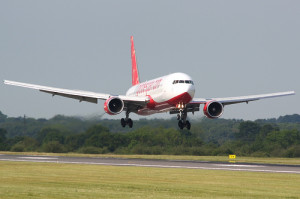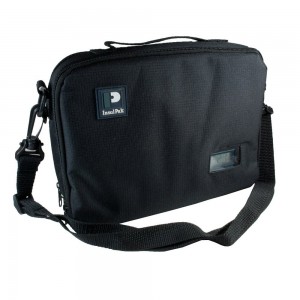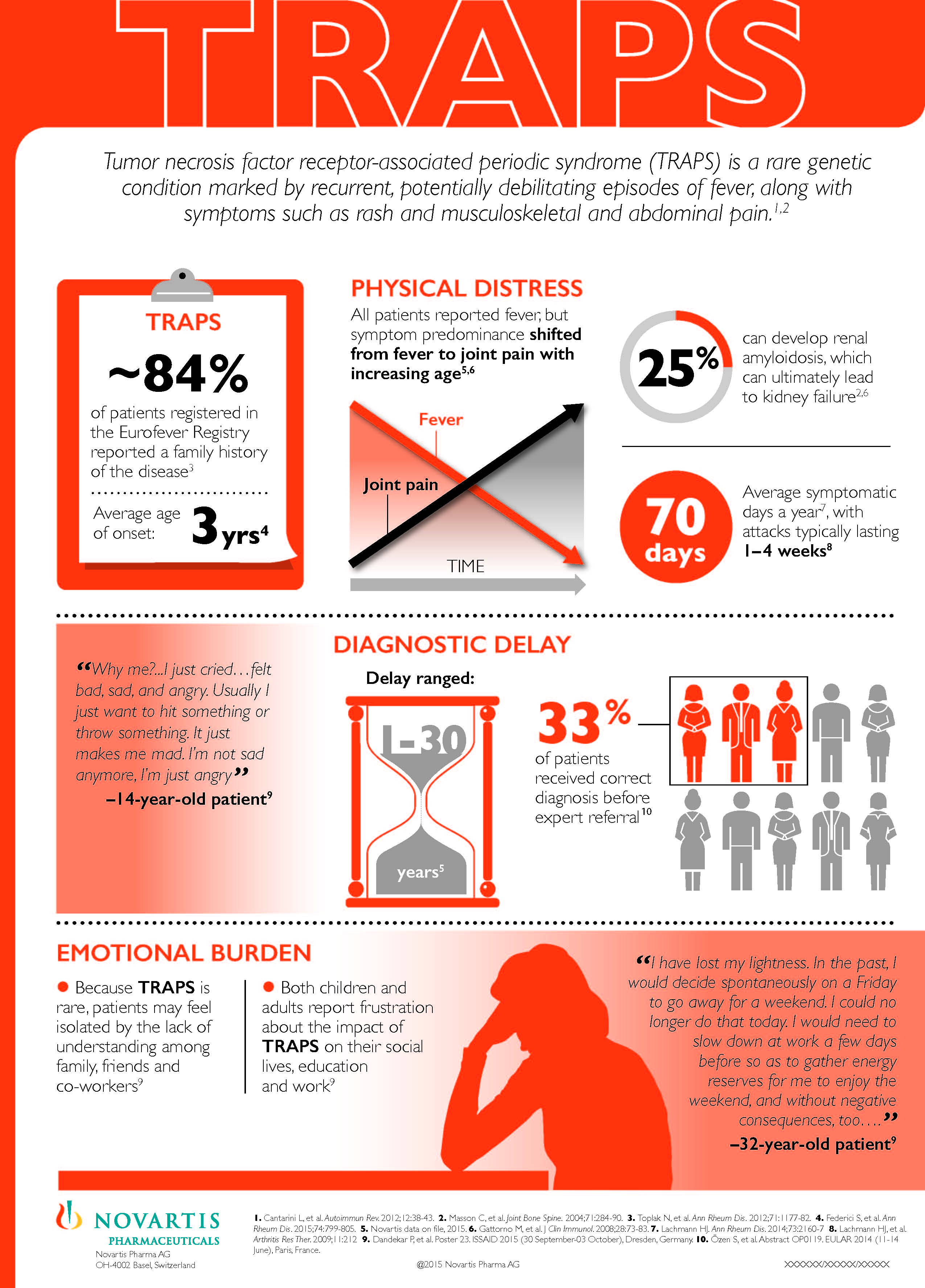 Medications do not fall under the 3-1-1 rule when flying in the United States. Per the Transportation Security Administration (TSA), you can bring any medications with you on board the flight, whether they are liquid or solid. Here are the rules that do apply to medications and some tips to make flying in the U.S. with your medications easier.
Medications do not fall under the 3-1-1 rule when flying in the United States. Per the Transportation Security Administration (TSA), you can bring any medications with you on board the flight, whether they are liquid or solid. Here are the rules that do apply to medications and some tips to make flying in the U.S. with your medications easier.
Carry Biologic Medications with You
Don’t put your liquid biologic medication, such as anakinra, in your checked baggage. The cargo section of the airplane is not temperature controlled and could damage the medication. Also, if your bag is lost, or delayed, your medication may not be useable when you are on your trip. Keep it with you at all times. Click here to get ideas on what coolers to use for your biologic or refrigerated medication.
Can I Fly with My Medication and Syringes?
Yes, TSA rules do allow for travel with both the liquid prescription medication and extra syringes, as long as you have both. You can also travel with your used syringes in a disposal container.
Note that if you put the used syringes in your luggage, your checked bag will likely be inspected. If you can find a place to dispose of the majority of the used syringes safely, such as at a pharmacy on your last day of your trip, you will have less to carry home with you.
Should I Send Medication Through the X-ray Machine?
All medications and related supplies do have to be screened by security at the airport. According to Celeste Robb-Nicholson, M.D., the editor of Harvard Women’s Health Watch, the FDA, “knows of no drugs that have special instructions in the labeling to avoid airport x-ray machines.” However, if you prefer not to have your medications go through the x-ray machine, you can request a hand inspection by airport security.
Ice and Gel Packs are OK
Ice and gel packs needed to keep medications cold are allowed through security. Make sure to put the medication into a clean resealable plastic bag to protect the medication from any moisture.
Bring extra plastic bags with you, in case any of the ice packs open up during the flight, or if you are delayed somewhere and need to get extra ice in the airport to keep the medication cold for the rest of the trip.
Inform Security
Do keep your medications in a separate case or bag so you can easily remove it and inform security right as you get to the security screening that you have medications to be screened. Often, they require you to place the container with the medications into one of their plastic bins for X-ray screening.
Carry a Doctor’s Note and Prescription Labels
It’s best to carry all prescription medications with the prescription label and in the original containers if possible. Although it’s not required by the TSA, traveling with a note from your doctor, or the National Institutes of Health (NIH) if you are part of an NIH study, is also a good idea. The note can simply state that travel with X medication is necessary and include the patient’s name.
If you would like more tips for travel, or how to help your child with injections, take a look at our new “Healthier Ever After” book, available now as a download, and in print in April 2014.
References
- Transportation Security Administration: Passengers with Diabetes
- The TSA Blog: Traveling 101 for Diabetics
- The TSA Blog: Traveling with Medication
- Transportation Security Administration: Medically Necessary Liquids
- Transportation Security Administration: What to Expect if a Passenger Needs Medication
- Orlando Sentinel: Airport X-rays unlikely to harm medications
- Harvard: Do airport x-rays affect medications?
*Top airplane photo by RHL Images, Flickr
*Ice photo by anneh632, Flickr







